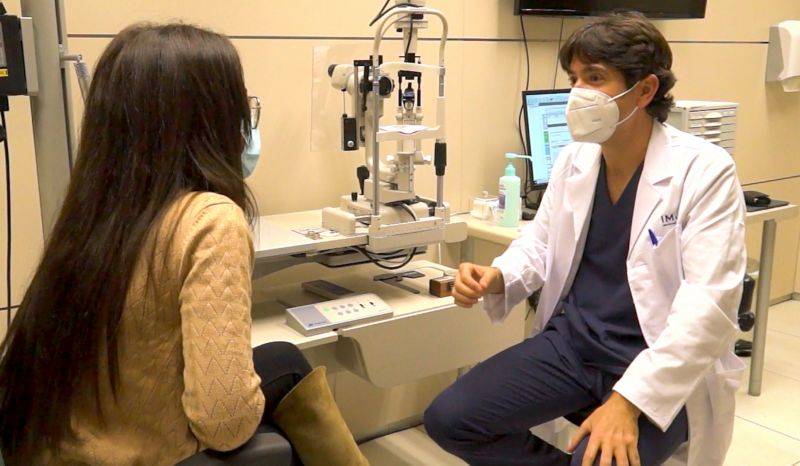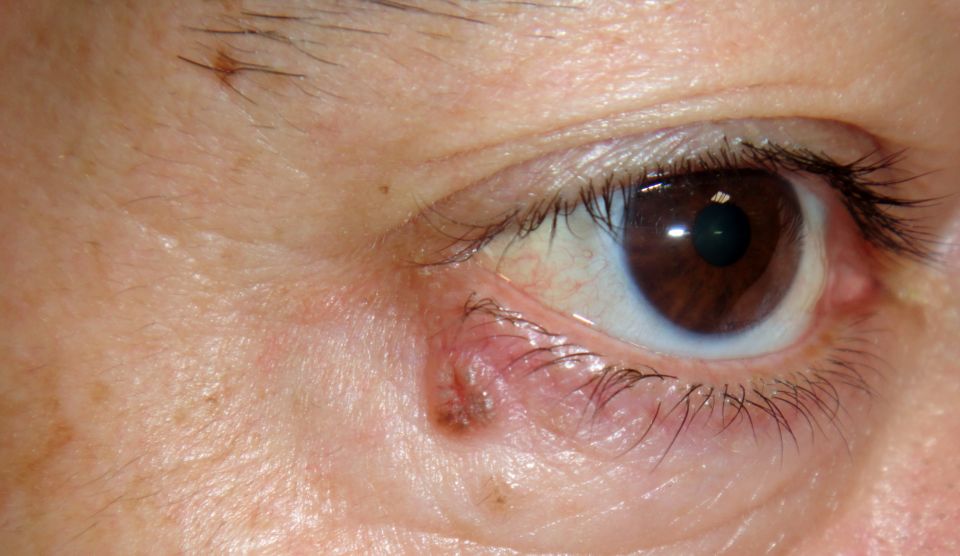
The eyelids, the great forgotten area of sun protection, despite the high number of eyelid tumours
The eyelid area, one of the most exposed to radiation and whose skin is ten times thinner than the rest, is especially vulnerable to basal cell carcinoma, the leading cause of malignant tumours.
80% of skin cancer cases are basal cell carcinomas, the most common malignant tumour in humans, whose main risk factor is sun exposure. Therefore, the most exposed areas throughout the year are the most vulnerable, such as the face and, specifically, the eyelids, the main location of this type of skin tumour, which in this area are called eyelid tumours.
“The skin of the eyelids is about ten times thinner than that of the rest of the body, making it very delicate to actinic damage. Moreover, when applying sunscreen, we often do so only in summer and even forget about the periocular area, which is left unprotected,” points out Dr. Marco Sales, an oculoplasty specialist at IMO Grupo Miranza.
Beware! Eyelid tumours may be mistaken
According to the ophthalmologist, “another risk of eyelid tumours is that they can go unnoticed or be mistaken for benign lesions, such as cysts, warts, or styes”. While eyelid melanoma (much less common) has a faster and more aggressive progression, basal cell carcinoma tends to be slow-growing, as well as featuring different aspects, which can make it difficult to diagnose. Thus, any lesion on the eyelids, such as reddish spots, pink or shiny lumps, open sores, or scabs that do not heal, etc. should be referred to a specialist to determine whether it is an eyelid tumour.

Early surgery to treat eyelid tumours
“If they are detected early, eyelid tumours have a good prognosis, and in more than 90% of cases they can be fully cured,” stresses Dr. Sales. It should be borne in mind that some types of eyelid tumours, such as squamous cell carcinoma or sebaceous carcinoma, can metastasize without proper early treatment and, although basal cell carcinoma rarely spreads to other parts of the body, it can involve the eyeball if left to grow without treatment.
During surgery, the eyelid tumour must be completely removed, while leaving a safety margin without tumour. That’s why techniques with intraoperative control of surgical margins are required in such a small area as the eyelid. The next essential step is to reconstruct the defect created by removing the tumour. “Once the tumour has been removed, we have different eyelid reconstruction procedures, as the aim is to leave the least aesthetic impact and preserve the proper function of the eyelid as a protective element of the eye,” concludes Dr. Marco Sales, one of our Group’s leading specialists in minimally invasive oculoplastic surgery.
At Miranza, we offer you the best treatment for eyelid tumours and other types of eye tumours, so that your health is always well cared for.
